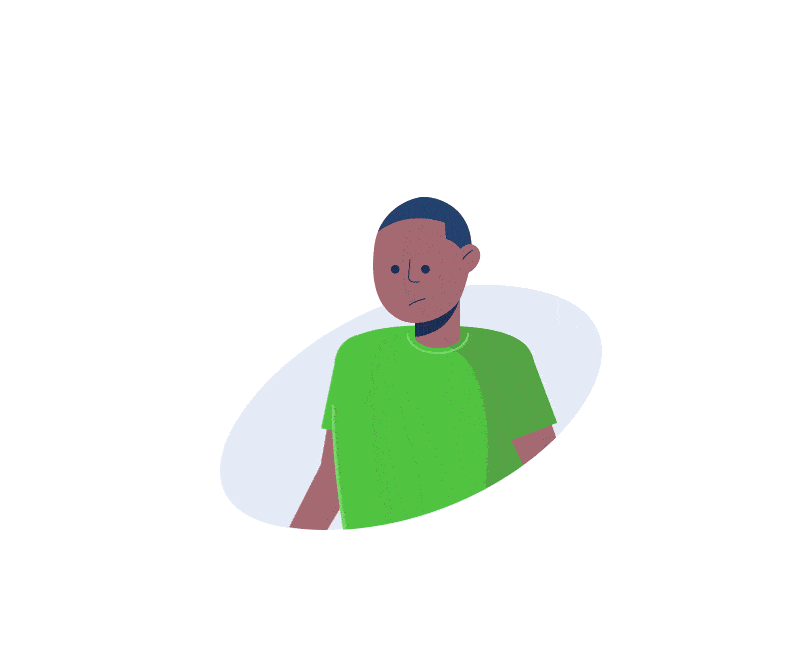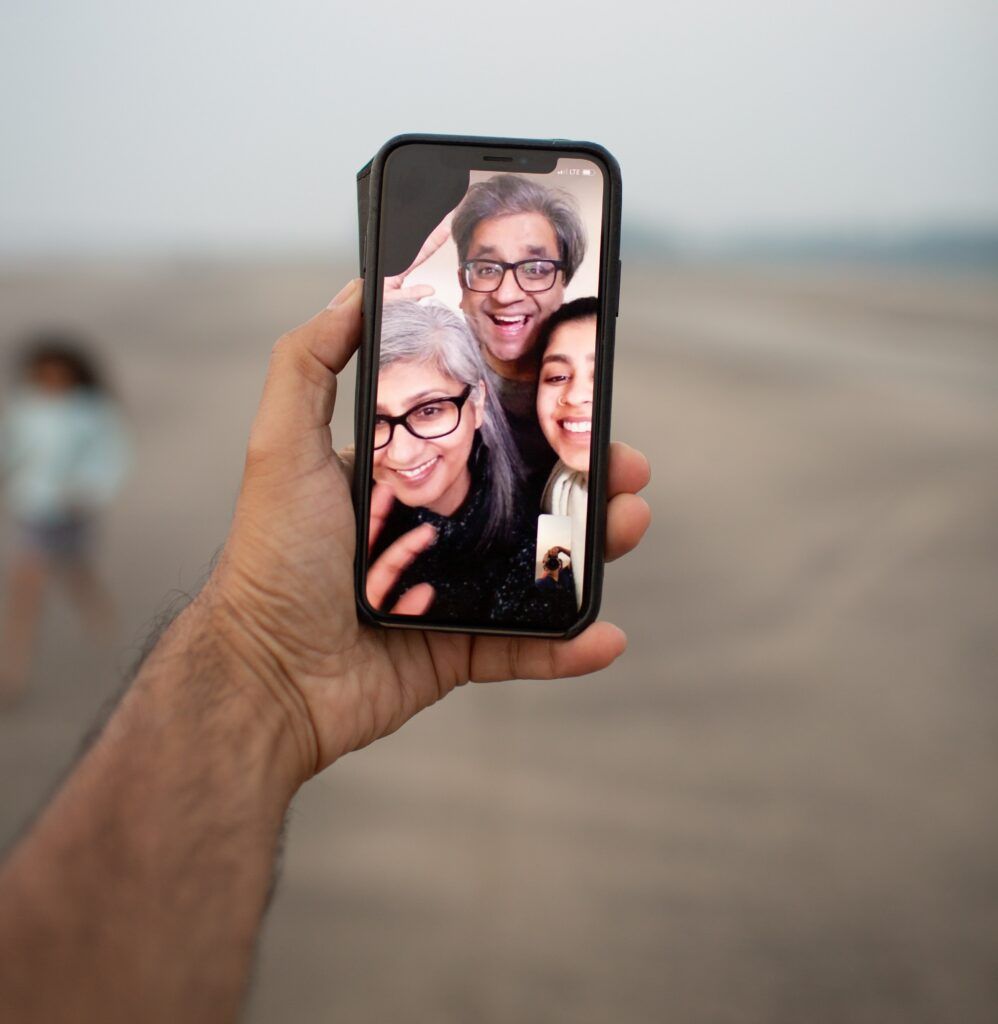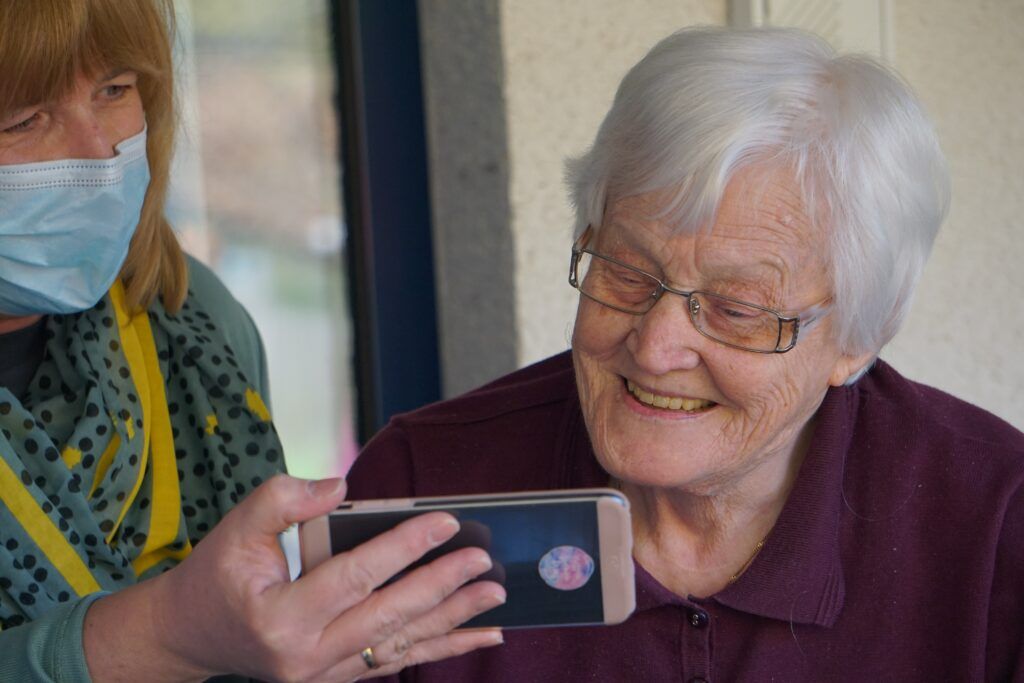The number of adults over 65 is rapidly growing, especially within the United States. By 2060, the 65+ age group’s share of the total population will increase from 16 percent to 23 percent. As the population ages, key questions arise: who will take care of these older adults? Where will they live?
A recent survey found that a staggering 90 percent of adults over the age of 50 want to age in place, meaning they want to remain in their homes as they get older and not move into care facilities. Historically, despite a person’s preference, aging in place was not often viable due to significant health and safety concerns. Now, more options are available to older adults.
In recent years, understanding the demand, the health tech industry has developed cutting-edge technological solutions that make aging in place a safe, attainable option for many seniors.
New Health and Monitoring Tech Benefits All
Emerging technology that supports aging in place is being embraced by caregivers and elderly loved ones alike, primarily because they provide both parties with what they need. Caregivers and family members need to be assured that their loved one is safe, while seniors are seeking independence and autonomy.
Elderly loved ones are often concerned about feeling like a burden, so they are more comfortable asking for help through gadgets and innovative technology rather than going to friends or family. This could mean that they are more likely to get the help they need, when they need it. New technology has the added benefit of appearing flashy and exciting, which could improve adoption rates above some legacy elderly monitoring tech.
In addition, even those with less financial resources can afford many technologies that support aging in place, replacing certain tasks that might otherwise require a caregiver, and allowing families to dedicate funds to where in-person help is most necessary. New tech and devices take pressure off caregivers, helping them do their jobs more efficiently and with less stress.
Fall Detection and Remote Activity Monitoring Advances
Falls are a primary health and safety concern for elderly loved ones living alone. One out of four seniors fall each year. Fall detection and medical alert systems have moved far beyond Life Alert’s well known “I’ve fallen, and I can’t get up” buttons.
Emerging fall detection technologies/options include wearable insoles, wall-mounted cameras that use software algorithms to detect falls, and smart watches specifically designed to monitor for falls. Notably, wearables (i.e., watches, insoles, pendants) often have lower adherence rates,

WiFi Sensing offers a non-wearable fall detection option without the limitations of obtrusive cameras. Origin’s WiFi Sensing technology is non-line-of-sight monitoring that uses existing WiFi waves in a home, and can “see” through walls and wrap around corners, to monitor movements and detect irregularities in breathing, sleeping, and activities – including monitoring for falls. Caregivers are immediately alerted to abnormal activities, as are medical services if an emergency is detected.
Remarkably, WiFi Sensing tech is also able to detect whether an elderly loved one is at risk of falling by monitoring their gait and can thus prevent dangerous falls from occurring. In addition, gait and presence monitoring offered through WiFi Sensing can detect whether a senior is wandering, which can happen most frequently with memory care patients.
Medication Management Tech Provides Necessary Support
For older adults living alone, it is challenging to remember when to take necessary medication and which pills they need on which days. This can present serious medical consequences. Mismanaging prescriptions is one of the top reasons why seniors are moved into supervised care facilities.
Fortunately, medication management apps and devices are improving autonomous medicating outcomes. Depending on what elderly loved ones need, these tools can come in the form of simple reminders, to a detailed tracking/scheduling app, to automatic pill dispensing robots. Select apps can also be connected to smart speakers, announcing when it is time for medication.
Virtual Social Platforms and Service Apps Mitigate Social Isolation, Increase Autonomy

Mobile apps and platforms used by the broader population are having an impact on independent living in the senior community. Social networks (i.e. Facebook) and virtual communication platforms (Zoom), enable elderly loved ones to easily and frequently connect with friends and family. This improves overall quality of life and reduces feelings of social anxiety that are all-too common among older adults living alone.
At the same time, apps that offer essential services such as rideshare, grocery delivery, or simple tasks around the house (Task Rabbit), are allowing seniors to decrease their reliance on caregivers and family members, and remain in control of their own needs and daily activities.
These innovations will change lives and deeply influence the possibilities for seniors living on their own. Through technology that supports independent living, aging in place truly is more viable than ever.

